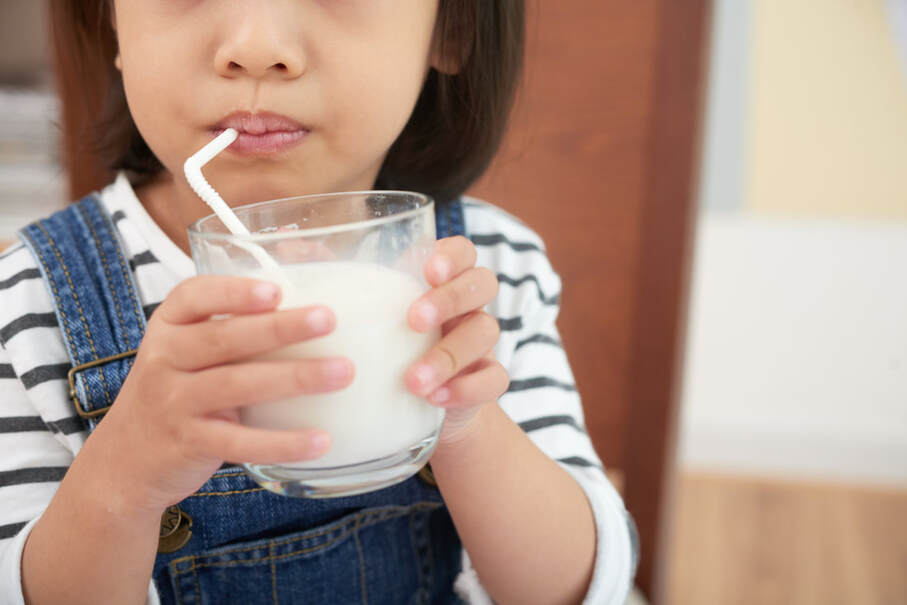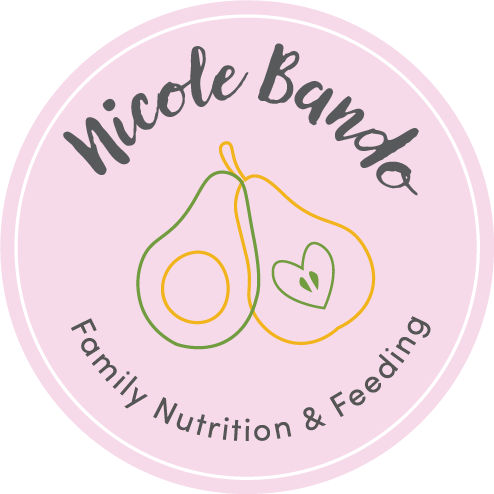
Dairy products contain 10 essential nutrients; calcium, potassium, phosphorus, magnesium, carbohydrate, protein, vitamin A, riboflavin, vitamin B12 and zinc, important for healthy immune and blood systems, eyesight, muscle and nerve function, healthy bones, skin, energy, growth and repair of your body. If your child cannot have dairy, whether it be due to an allergy, intolerance or dislike, it is important to find alternatives that provide these nutrients.
Soy milk has the most similar nutritional profile to cow’s milk and is considered the best choice if your child cannot have dairy, unless they have a soy allergy. Soy milk is also high in protein. Look for soy milks with added calcium, Vitamin A, B1, B2, and B12. When opting for a milk alternative, always look for brands that contain 120mg/100mL of calcium.
f your child cannot have dairy and soy, other options are:
Choose fresh, natural, unprocessed foods, where possible:
– Oat; contains protein, fibre and is high in carbohydrates. Choose those fortified with calcium.
– Almond milk; low in protein and carbohydrates. Again choose unsweetened brands with added calcium.
– Coconut: High in saturated fat, and low in most nutrients e.g. protein, carbohydrates, vitamins and minerals.
– Check out our article comparing plant vs dairy milks: https://www.nicolebando.com/articles/which-milk-a-review-of-plant-vs-dairy-milks
For dairy-free brands, see our article; https://www.nicolebando.com/articles/dairy-free-andor-soy-free-foods-supermarket-brands-to-look-for.
See here for information on how much dairy kids need.
Full cream or low fat milk?
The latest evidence suggests that full cream milk is recommended from the age of 12 months onwards, even into your adult years, unless you have high cholesterol, and then reduced fat is recommended.
Infants (0-12 months of age) should only be given breastmilk or infant formula. Cow’s milk as a drink is not suitable for infants under 12 months of age. Cow’s milk may be consumed as part of a meal, e.g. in cereal.
By Emma McShane, Dietitian, November 2022 (Edited by Nicole Bando, APD, IBCLC)



